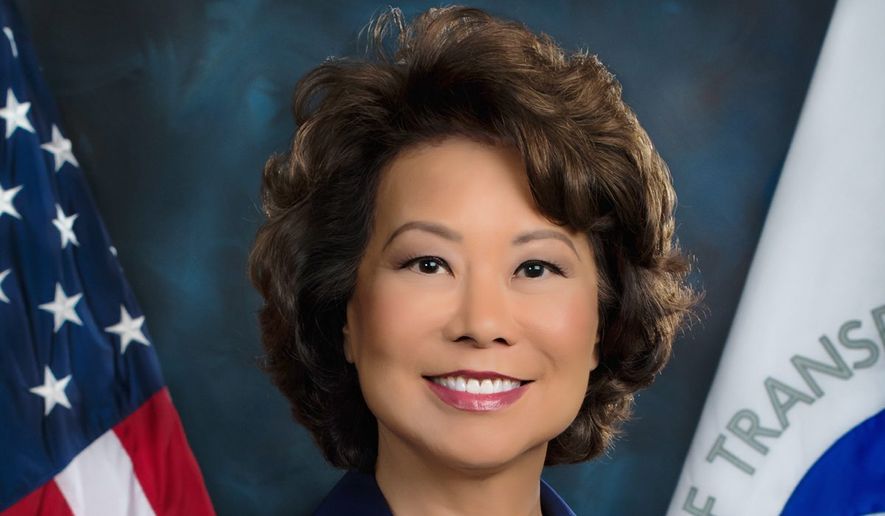Last week I joined four other members of President Trump’s cabinet to present to the Congress this administration’s comprehensive proposal to rebuild and revitalize America’s infrastructure for years to come.
Our nation’s infrastructure is the backbone of our world-class economy — the most productive, flexible and dynamic in the world. It is a key factor in productivity and economic growth, creating jobs and opportunity for hard-working families.
But too much of our country’s infrastructure is aging and in need of repair. The challenges are everywhere. Traffic congestion and delays cost drivers nearly $160 billion annually. About one-quarter of our nation’s bridges are in need of improvement. More than 20 percent of our roads are in poor condition.
And the transportation needs of rural America, which account for a disproportionately high percentage of our nation’s highway fatalities, have been ignored for too long.
That’s why 12 agencies have been working with the White House to help develop an infrastructure framework, which President Trump announced as a priority in his 2018 State of the Union address. Transportation is just one component. The initiative also includes, but is not limited to, drinking and wastewater, energy, broadband and veterans’ hospitals as well.
The goal of the president’s proposal is to stimulate at least $1.5 trillion in infrastructure investment and includes a minimum of $200 billion in direct federal funding. The guiding principles are to: 1) use federal dollars as seed money to incentivize nonfederal infrastructure investment; 2) provide for the needs of rural communities; 3) streamline permitting to speed up project delivery; and, 4) reduce unnecessary and overly burdensome regulations. As a former Labor Secretary, I’m especially pleased that helping workers access the skills needed to build these new projects is part of this plan.
In addition, a key element of the proposal is to empower decision-making at the state and local level because these communities know best their infrastructure needs.
Some third-party estimates put our country’s infrastructure needs at as much as $4 trillion in investment. We cannot address a challenge of this magnitude with federal resources alone, or by borrowing. That approach will crowd out the capital markets, hindering economic growth and job creation, and hurting working families. So President Trump’s plan allows the private sector to invest in infrastructure.
Endowments and pension funds, for example, have demand for conservative investments like public infrastructure, which have collateral that will not walk away. In addition, the private sector helps allocate risk. In a well-structured deal, if a project is unsuccessful, the private sector bears the first loss instead of the taxpayers. The DOT recognizes that different regions require different solutions. But private-sector investment in public infrastructure is currently allowed in some form in 35 states and should be encouraged where appropriate.
The DOT is already making progress in reducing the red tape that is holding back so much of our country’s infrastructure. It is vigorously implementing the president’s “One Federal Decision” initiative that was announced last August. DOT is working together with other cabinet departments on a new process to handle the permitting of complicated, multi-agency projects within the president’s new, expedited timeline. This means less paperwork, and more timely improvements that will better protect the environment and improve our quality of life.
Infrastructure has always garnered bipartisan support. It’s time to use that positive asset to get moving on an infrastructure package that ensures our country retains its competitive advantage and continues to create good jobs for America’s workers.
• Secretary Elaine L. Chao is currently the U. S. Secretary of Transportation. She served as U.S. Secretary of Labor from 2001-January 2009, and is the first Asian-American woman to be appointed to the President’s cabinet in American history.




Please read our comment policy before commenting.